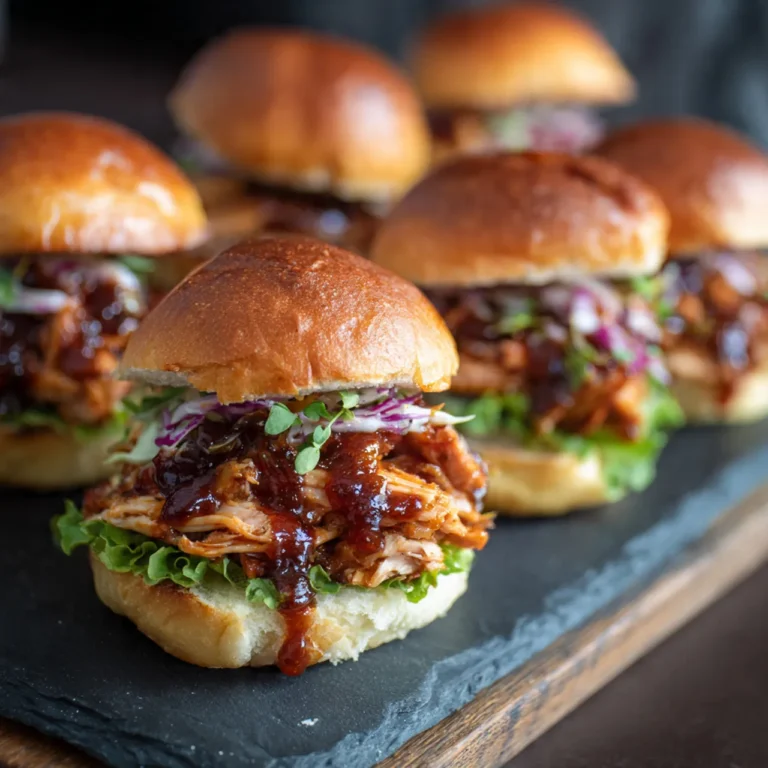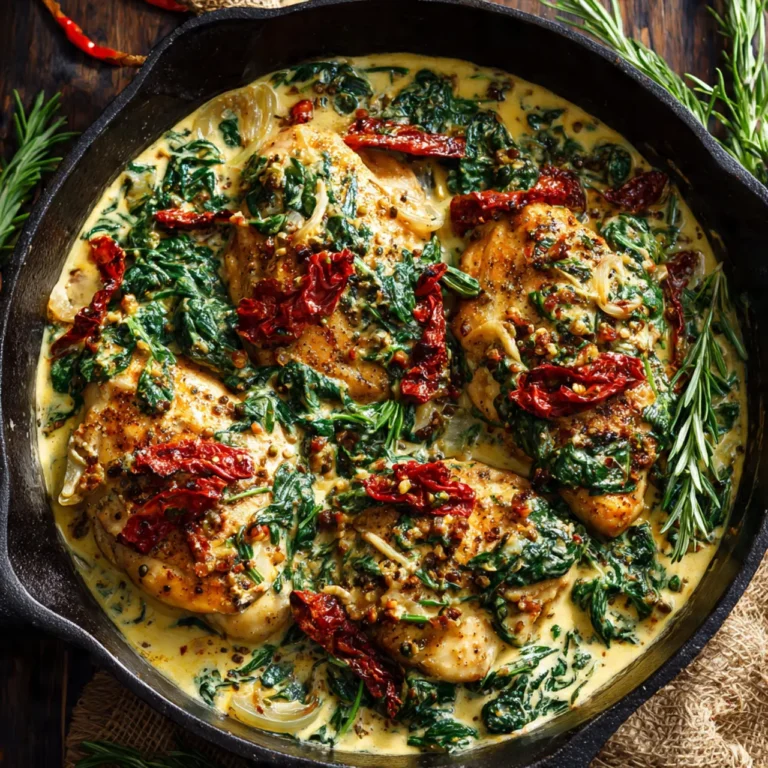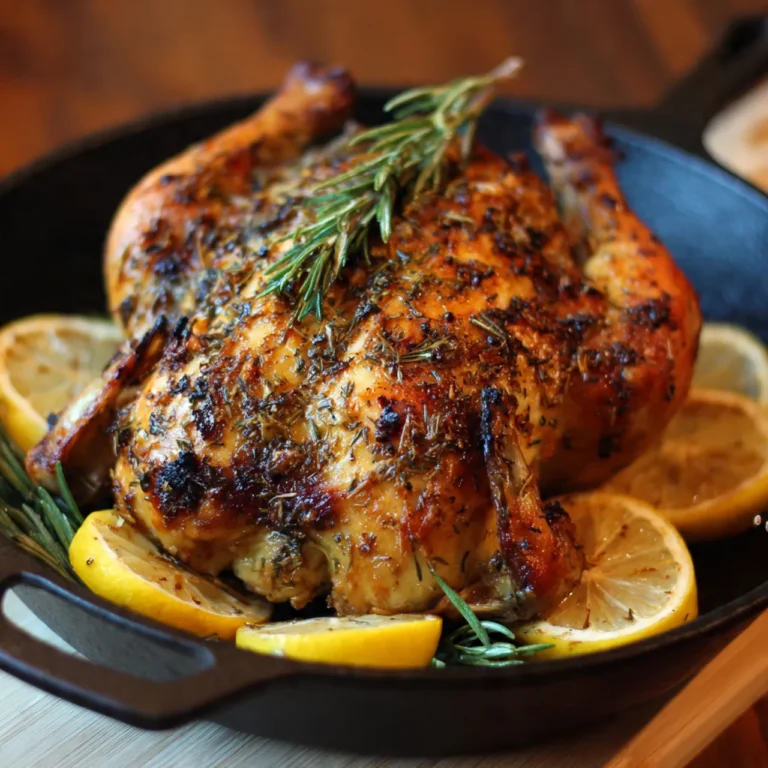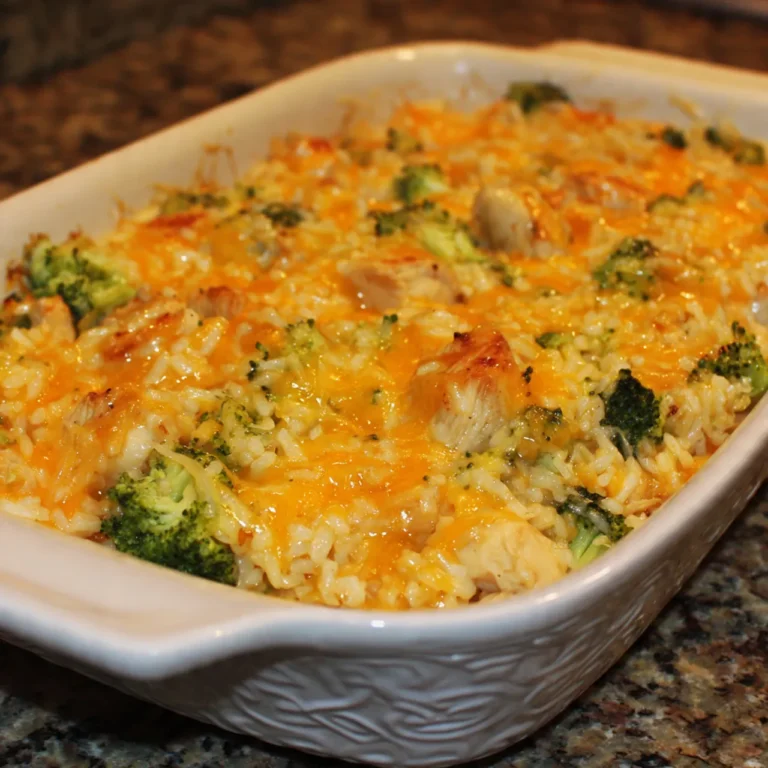Classic Turkey Gravy is the crowning touch of any holiday feast, transforming roast turkey, mashed potatoes, stuffing, and vegetables into a cohesive, comforting meal. Silky, rich, and deeply savory, this gravy is made from the flavorful drippings left behind after roasting a turkey, combined with a simple roux and enhanced with stock, herbs, and seasoning. While gravy may seem intimidating to some, it is a straightforward sauce that rewards attention to detail and a few time-honored techniques. This comprehensive guide explores the history of turkey gravy, the science behind its perfect texture, essential ingredients, step-by-step instructions, expert tips, creative variations, serving suggestions, presentation ideas, nutritional insights, and answers to common questions. By the end, you’ll have all the knowledge and inspiration needed to master this classic sauce and make it your own.
The History and Tradition of Turkey Gravy
Gravy has been a staple of European and American cuisine for centuries, with roots in medieval sauces designed to moisten and flavor roasted meats. As turkey became the centerpiece of American holiday meals in the 19th century, cooks began using the pan drippings to create a rich, savory sauce that complemented the bird and its accompaniments. Classic Turkey Gravy is now an essential part of Thanksgiving and Christmas dinners, symbolizing abundance, hospitality, and the art of home cooking. Each family may have its own twist, but the fundamentals remain the same: a roux of fat and flour, flavorful drippings, and a well-seasoned stock.
Why Classic Turkey Gravy?
Classic Turkey Gravy is more than just a sauce—it’s the element that ties the entire holiday meal together. Its deep, savory flavor enhances turkey, mashed potatoes, stuffing, and even vegetables, while its silky texture adds a luxurious finish to every plate. Gravy is also a practical way to use every bit of flavor from the roasted turkey, ensuring nothing goes to waste. Whether you’re hosting a large gathering or an intimate dinner, homemade turkey gravy elevates the meal and showcases your culinary skills. With a few simple techniques, anyone can achieve restaurant-quality results at home.
The Science of Silky, Lump-Free Gravy
The secret to perfect gravy lies in the emulsification of fat, flour, and liquid. The process begins with a roux—a cooked mixture of fat (usually turkey drippings or butter) and flour—which thickens the gravy and prevents lumps. Gradually whisking in hot stock or broth ensures a smooth, glossy sauce. The ratio of fat, flour, and liquid determines the gravy’s thickness; adjusting these elements allows you to customize the consistency to your liking. Straining the finished gravy removes any solids, resulting in a silky, professional finish. Seasoning with salt, pepper, and herbs brings out the full depth of flavor.
Selecting the Best Ingredients
- Turkey Drippings: The flavorful juices and fat left in the roasting pan after cooking the turkey. These provide the foundation for classic gravy.
- Fat: Use the fat from the drippings, or supplement with unsalted butter if needed.
- Flour: All-purpose flour is traditional for making the roux.
- Stock or Broth: Homemade turkey stock is ideal, but low-sodium chicken or turkey broth works well.
- Aromatics: Onion, garlic, celery, and carrot can be added to the roasting pan for extra flavor.
- Herbs: Fresh or dried thyme, sage, rosemary, and parsley add depth.
- Seasoning: Kosher salt and freshly ground black pepper are essential.
- Optional Add-ins: White wine, sherry, Worcestershire sauce, soy sauce, or cream for creative variations.
Step-by-Step Recipe: Classic Turkey Gravy
Ingredients
- 1/2 cup turkey fat (from drippings) or unsalted butter
- 1/2 cup all-purpose flour
- 4 cups turkey stock or low-sodium chicken broth, hot
- 1/2 to 1 cup turkey pan drippings (juices from roasting pan)
- Salt and freshly ground black pepper, to taste
- 1-2 teaspoons chopped fresh herbs (thyme, sage, parsley), optional
- Optional: 1/4 cup dry white wine or sherry, 1 tablespoon Worcestershire sauce, 1-2 tablespoons heavy cream
Instructions
- Collect the Drippings: After roasting the turkey, pour the drippings from the roasting pan into a fat separator or a large measuring cup. Let stand for a few minutes until the fat rises to the top. Skim off the fat and reserve it for the roux. Save the remaining juices for the gravy.
- Deglaze the Pan: Place the roasting pan over medium heat on the stovetop. Add a splash of stock or wine and scrape up any browned bits with a wooden spoon. These bits add flavor to the gravy. Pour the deglazed liquid into the reserved drippings.
- Make the Roux: In a large saucepan or skillet, heat 1/2 cup turkey fat or butter over medium heat. Whisk in the flour and cook, stirring constantly, for 2-4 minutes, until the mixture is golden and smells nutty. Do not let it brown too much.
- Add the Liquid: Gradually whisk in the hot stock or broth, followed by the reserved pan drippings and deglazed liquid. Whisk constantly to prevent lumps.
- Simmer and Thicken: Bring the mixture to a gentle simmer, whisking frequently. Cook for 8-12 minutes, until the gravy is thickened and smooth. If the gravy is too thick, add more stock; if too thin, simmer longer.
- Season and Finish: Stir in chopped herbs, if using. Taste and season with salt and pepper. For extra depth, add a splash of wine, Worcestershire sauce, or a swirl of cream.
- Strain and Serve: For the silkiest gravy, strain through a fine-mesh sieve into a warm gravy boat or bowl. Serve hot.
Variations and Creative Adaptations
Make-Ahead Turkey Gravy
Prepare the gravy base in advance using butter and store-bought stock. On the day of serving, reheat and whisk in the turkey drippings for fresh flavor.
Herb-Infused Turkey Gravy
Simmer the stock with fresh thyme, sage, rosemary, and parsley before adding to the roux for an aromatic twist.
White Wine Turkey Gravy
Deglaze the roasting pan with 1/2 cup dry white wine and add to the gravy for a subtle, sophisticated flavor.
Creamy Turkey Gravy
Stir in 1/4 cup heavy cream or crème fraîche at the end for a rich, velvety finish.
Mushroom Turkey Gravy
Sauté 1 cup finely chopped mushrooms in the fat before adding the flour for an earthy, umami-packed gravy.
Gluten-Free Turkey Gravy
Use a gluten-free flour blend or cornstarch slurry (mix 2 tablespoons cornstarch with 1/4 cup cold stock) instead of flour.
Spicy Turkey Gravy
Add a pinch of cayenne, smoked paprika, or a dash of hot sauce for a kick.
Umami Turkey Gravy
Add a splash of soy sauce, Worcestershire sauce, or a spoonful of miso paste for extra depth.
Tips for the Perfect Classic Turkey Gravy
- Use hot stock or broth to prevent lumps when adding to the roux.
- Whisk constantly when combining flour and fat, and again when adding liquid.
- Strain the finished gravy for a silky, professional texture.
- Taste and adjust seasoning at the end; pan drippings can be salty.
- If the gravy is too thick, thin with more stock; if too thin, simmer to reduce.
- For extra flavor, roast the turkey on a bed of onions, carrots, and celery.
- Make extra gravy—guests always want more.
Serving Suggestions
Classic Turkey Gravy is the perfect companion to roast turkey, mashed potatoes, stuffing, and roasted vegetables. Drizzle over biscuits, Yorkshire pudding, or open-faced turkey sandwiches. Use as a base for pot pie filling or to moisten leftover turkey. For a holiday buffet, keep gravy warm in a slow cooker or insulated gravy boat.
Presentation Ideas
Serve gravy in a classic gravy boat or a heatproof pitcher. Garnish with a sprig of fresh thyme or parsley. For individual servings, pour into small ramekins or mini pitchers. For a rustic look, use a vintage enamel or ceramic jug.
The Science Behind Classic Turkey Gravy
The roux is the backbone of gravy, providing both thickening power and a toasty, nutty flavor. The fat coats the flour particles, preventing lumps when liquid is added. Gradually whisking in hot stock ensures a smooth emulsion. Simmering allows the starches to fully hydrate and thicken the sauce. Straining removes any solids, resulting in a glossy, restaurant-quality finish. The combination of pan drippings, stock, and aromatics creates a complex, savory flavor profile.
Health Considerations
Classic Turkey Gravy is rich and flavorful, but can be high in fat and sodium. For a lighter version, skim off excess fat from the drippings or use reduced-sodium stock. Gluten-free and dairy-free adaptations are easy with alternative thickeners and fats. For added nutrition, blend in roasted vegetables or mushrooms.
Frequently Asked Questions
Can I make turkey gravy ahead of time?
Yes, make the gravy base in advance and reheat with fresh drippings on the day of serving.
How do I fix lumpy gravy?
Strain through a fine-mesh sieve or blend with an immersion blender.
How do I thicken thin gravy?
Simmer to reduce, or whisk in a cornstarch slurry (1 tablespoon cornstarch mixed with 2 tablespoons cold water).
How do I thin thick gravy?
Whisk in more hot stock or water until desired consistency is reached.
Can I freeze turkey gravy?
Yes, cool completely and freeze in airtight containers for up to 3 months. Thaw and reheat gently.
What if I don’t have enough drippings?
Supplement with butter and use store-bought stock for the liquid.
Hosting with Classic Turkey Gravy
Classic Turkey Gravy is a crowd-pleaser and can be doubled or tripled for large gatherings. Prepare in advance and keep warm in a slow cooker or insulated gravy boat. Offer a gravy bar with different variations—herb, mushroom, spicy—for a fun, interactive meal.
Creative Twists
- Add caramelized onions or roasted garlic for depth.
- Mix in fresh herbs or citrus zest for brightness.
- Swirl in pesto or tapenade for a Mediterranean flair.
- Use smoked salt or chipotle powder for a smoky finish.
- Stir in a splash of bourbon or brandy for a festive touch.
Classic Turkey Gravy Recipe (Summary)
Ingredients:
1/2 cup turkey fat or butter, 1/2 cup flour, 4 cups stock, 1/2-1 cup drippings, salt, pepper, herbs, optional add-ins.
Instructions:
Skim fat from drippings. Make roux with fat and flour. Whisk in hot stock and drippings. Simmer to thicken. Season and strain.
Final Thoughts
Classic Turkey Gravy is a timeless sauce that brings warmth, richness, and unity to any holiday meal. With its simple ingredients and endless adaptability, it invites creativity and personal touches. Whether you stick to the classic or explore new variations, turkey gravy is sure to become a cherished part of your holiday celebrations and family traditions. Experiment with different herbs, add-ins, and techniques to make it your own. With the tips, recipe, and ideas shared in this post, creating the perfect Classic Turkey Gravy is within reach for cooks of all skill levels. Celebrate the season and the joy of gathering with this beloved sauce.
Additional Tips for Success
- Always taste and adjust seasoning before serving.
- For extra shine, finish with a pat of butter just before serving.
- Let gravy rest a few minutes before serving for best texture.
- Store leftovers in an airtight container and reheat gently.
Nutritional Information (Approximate per 1/4 cup serving)
- Calories: 60-90
- Protein: 1-2g
- Fat: 4-7g
- Carbohydrates: 4-6g
- Sodium: 180-320mg
Conclusion
Classic Turkey Gravy is a versatile, crowd-pleasing sauce that brings together the best of comfort and flavor in a silky, savory, and satisfying format. With its simple preparation, stunning presentation, and endless possibilities for customization, it is a must-have for any holiday feast or family meal. Try different variations, experiment with flavors, and make this classic gravy your own.






